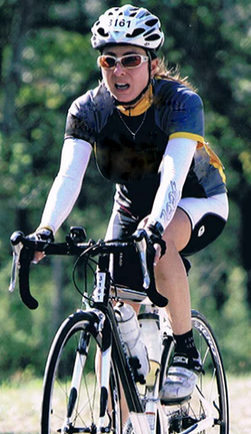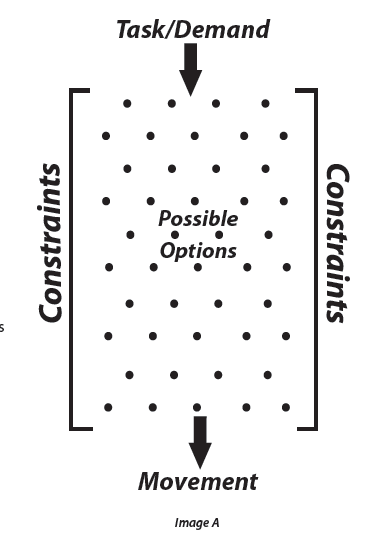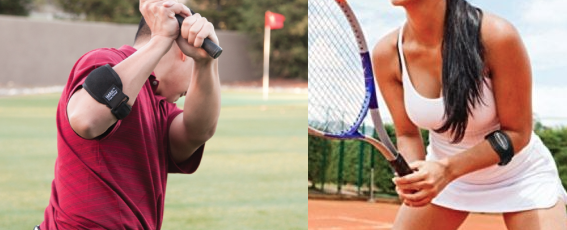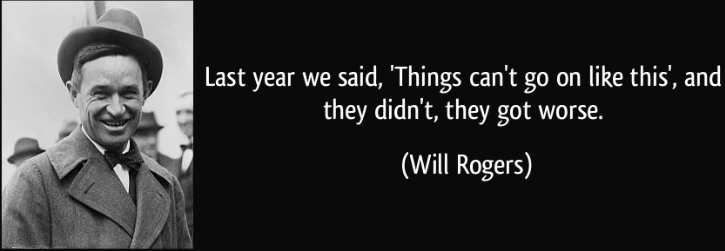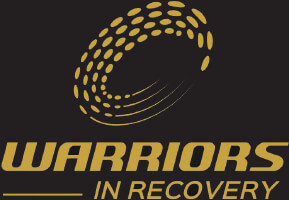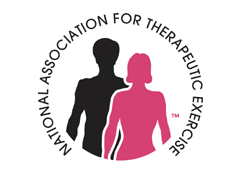All machinery is designed to work with a specific alignment. When a machine’s design parameters are compromised or it’s parts become mis-aligned, then things within the machine do not work as they should. Parts begin to grind and accelerated wear and tear occurs as the result.

The same goes for our human bodies. Our spines and the major weight bearing joints are designed to work within a specific design and alignment too. If your posture is compromised, then things within your body will not work they way they should. This translates into muscle weakness/tightness, pain and loss of movement.
It’s a concept called “Tensegrity” and it is derived from the two words “tension” and “integrity”. All structures are supported by a balance between tension and compression…including our bodies. We carry on a constant battle with gravity . As Ida Rolf so eloquently said,”When the human energy field and gravity are at war, needless to say gravity wins every time.”
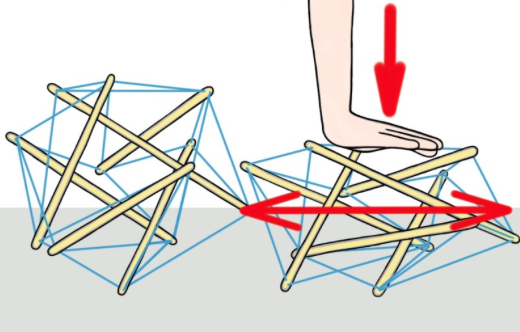
According to Buckminster Fuller, who first introduced this concept, the skin, muscles, and connective tissues are the tensional elements which are separated by the hard elements of the body – bones. The tensional elements serve as “spacers” that sustain proper tension within our body structure. They also distribute stress throughout the entire body. In the case of poor posture, this tensegrity turns into a compressional structure that causes uneven wear and tear in our body structure.
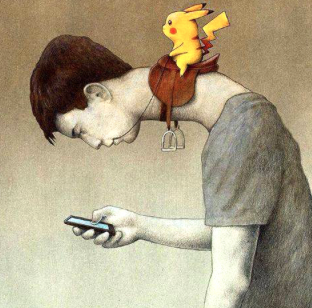
It’s not uncommon for me to observe 2″ of anterior forward head posture in new clients. Would you be surprised that your neck and shoulders hurt if you had a 20-pound watermelon hanging around your neck?
Although it may have annoyed you to hear your parents say “stand up straight,” it was very good advice. Good posture when sitting or standing puts your spine in alignment so that stress is properly distributed to the intended muscles and ligaments. With good posture, your muscles work properly causing less wear and tear in your body.
Think about that one next time you are texting or working at your computer. I think it’s time for me to get up and take a short walk in my building now!
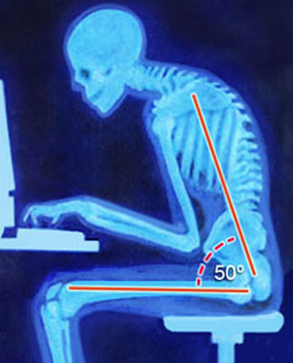
Cheers, Drock
Want to learn more about improving your functional movement and sports performance? Follow Dianne’s blog: https://dtasmblog.wordpress.com
Dianne Rockefeller is a Licensed Massage Therapist, National Academy of Sports Medicine – Certified Personal Trainer, Certified Orthopedic Manual Therapist, Certified Myoskeletal Therapist, Certified Kinesio Taping Practitioner, Certified Cupping Therapist, and Muscle Activation Techniques Practioner (MAT). She has treated athletes of all levels, from youth to professional, from all sports. She brings a very unique perspective to manual therapy utilizing her experience with motion analysis and sport. Her blend of advanced integrated skills along with practical and rehabilitation experience deliver exceptional results. Additionally, Dianne is a self-proclaimed scholar of “Applied Performance Manual Therapies“. Contact Dianne at drock@dtasm.com or 210-973-4848.
